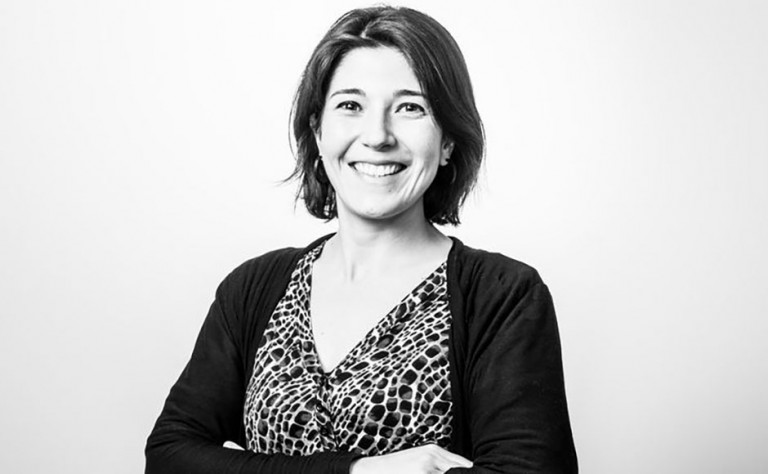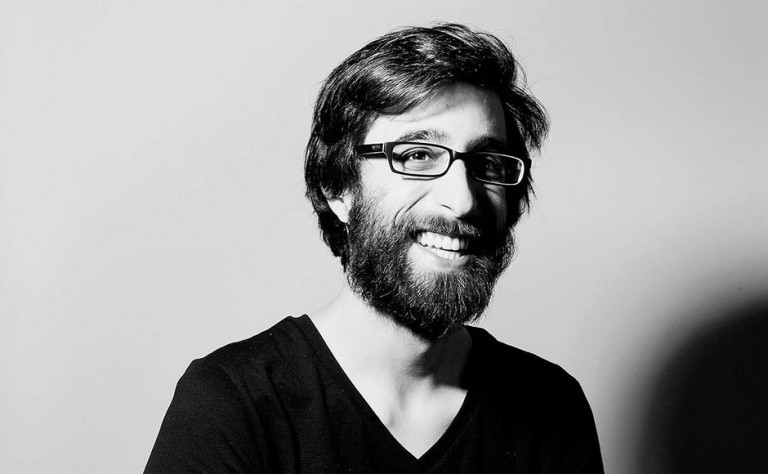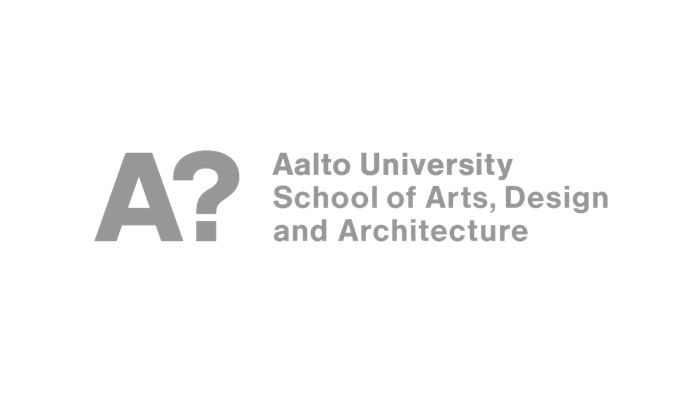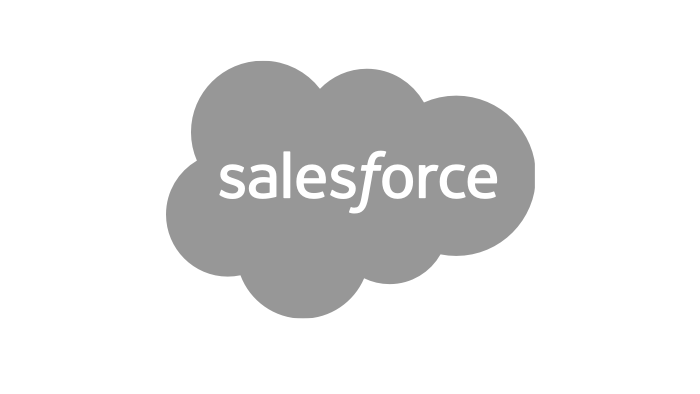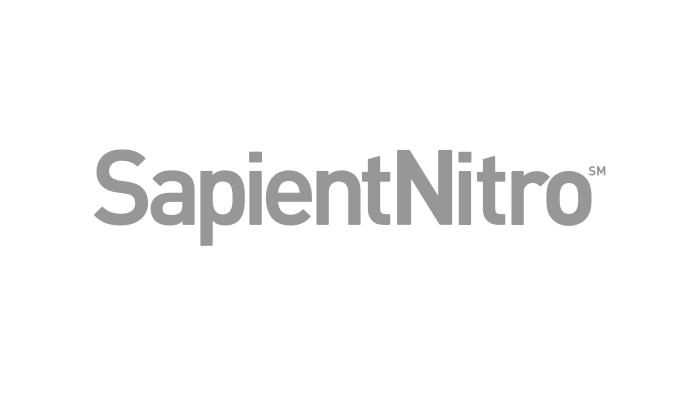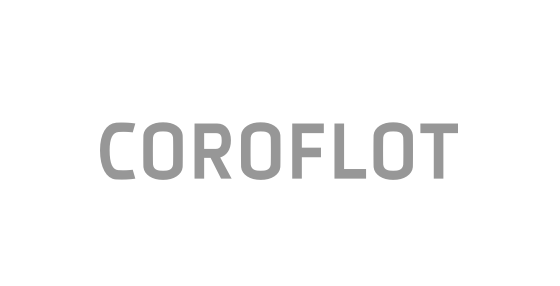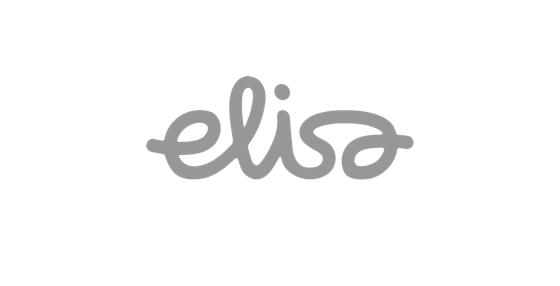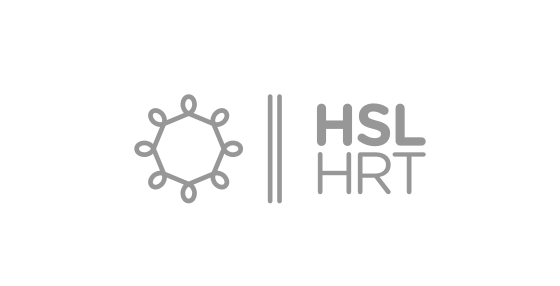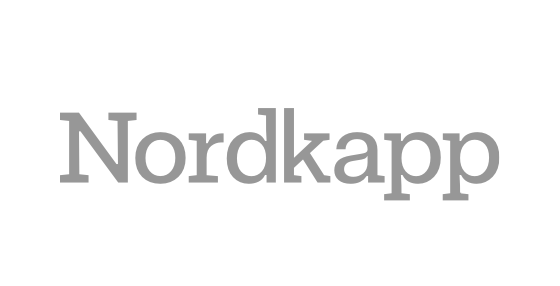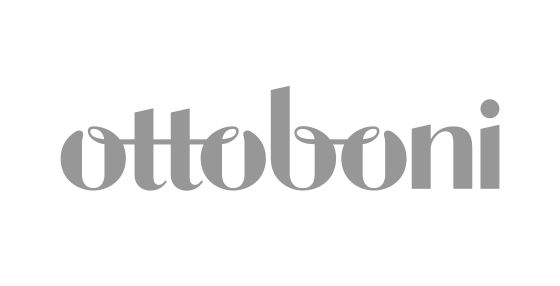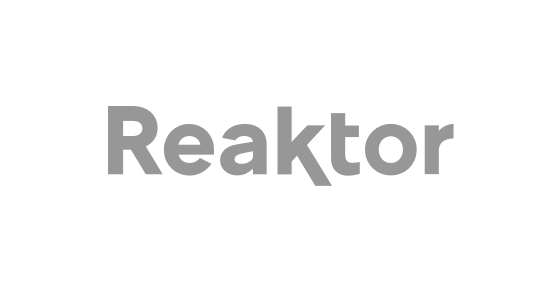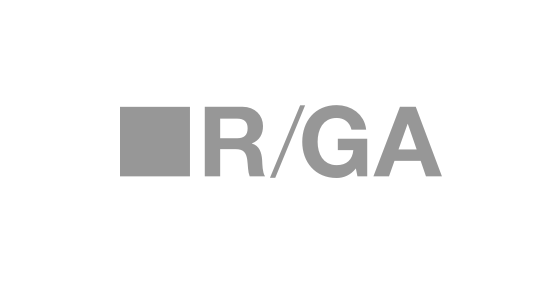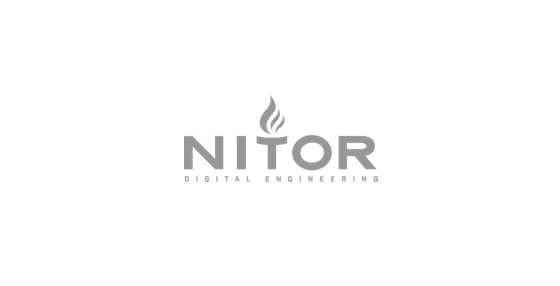What will tomorrow’s services look like? How will they function? How will they be performed? How will people interact with tomorrow’s services? How will technology support services?
We will try to answer some of these questions together: we’ll be creating together evidence of tomorrow’s services.
It won’t be just boxes and arrows, though. Most systems and services need business, technology and design combined to bring them to life, and we’ll be looking at all of these. We’ll sketch lean canvases, advertisements, digital touchpoints, people flows, whatever it takes to bring our services alive Let’s make some prototypes too, time permitted and we will use our IoT Service Kit to ideate on possible scenarios for tomorrow’ services. And most importantly, let’s tell stories. Bring your skills to the table, and we’ll help make the rest happen.
More about the tools and methods we will use:
IoT Service Kit
This kit brings designers, developers and business developers out of their digital silos to play with IoT concepts in the real world. The IoT Service Kit is a co-creative tool for exploring user-centric interactive scenarios. The goal is to let user experience drive the process of merging physical and digital realities into successful digital services.developers and business developers out of their digital silos to play with IoT concepts in the real world. The IoT Service Kit is a co-creative tool for exploring user-centric interactive scenarios. The goal is to let user experience drive the process of merging physical and digital realities into successful digital services.
Trend cards
To support our process we will use Trend cards and Lean Service Creation. Trend cards are a tool coming from the Futures Thinking field, and they’re exactly what they sound: cards depicting trends. We’ll be looking at trends as a way to ground our thoughts about the future in what we see around us today. The trend cards will be prepared beforehand, and used for ideation.process we will use Trend cards and Lean Service Creation. Trend cards are a tool coming from the Futures Thinking field, and they’re exactly what they sound: cards depicting trends. We’ll be looking at trends as a way to ground our thoughts about the future in what we see around us today. The trend cards will be prepared beforehand, and used for ideation.
Lean Service Creation
Lean Service Creation is a philosophy and way of working that draws mainly from lean startup, service design, and lean software development. On the one hand, it supports the use of multidisciplinary teams made up of T-shaped individuals and combines business knowledge, user-centric design and technology expertise to look holistically at the total value delivery of a service. On the other hand, it supports the frequent use of experiments to test different assumptions about the service at hand, be them about business models, people or technology. design and technology expertise to look holistically at the total value delivery of a service. On the other hand, it supports the frequent use of experiments to test different assumptions about the service at hand, be them about business models, people or technology.
We’ll be using the LSC philosophy in the design of our workshop: attendants will be split into small, multidisciplinary teams to the degree possible, and we’ll see our cities through the business, design and technology lens. Finally, we’ll see the tangible “evidence” we produce together as small experiments that will be shared with the community for feedback.
Workshop content:
First Session, 2h
- Intro, warm up,
- Lean Service Creation thoughts
- IoT Service Kit / IoT Ideation and technical feasibility framework
- Introducing the trend cards;
- Team formation
Second Session, 2h
- Ideation
- Get to work: build your evidence.
- Our team is available to help with prototyping.
- Ideas presentation
- Feedback

